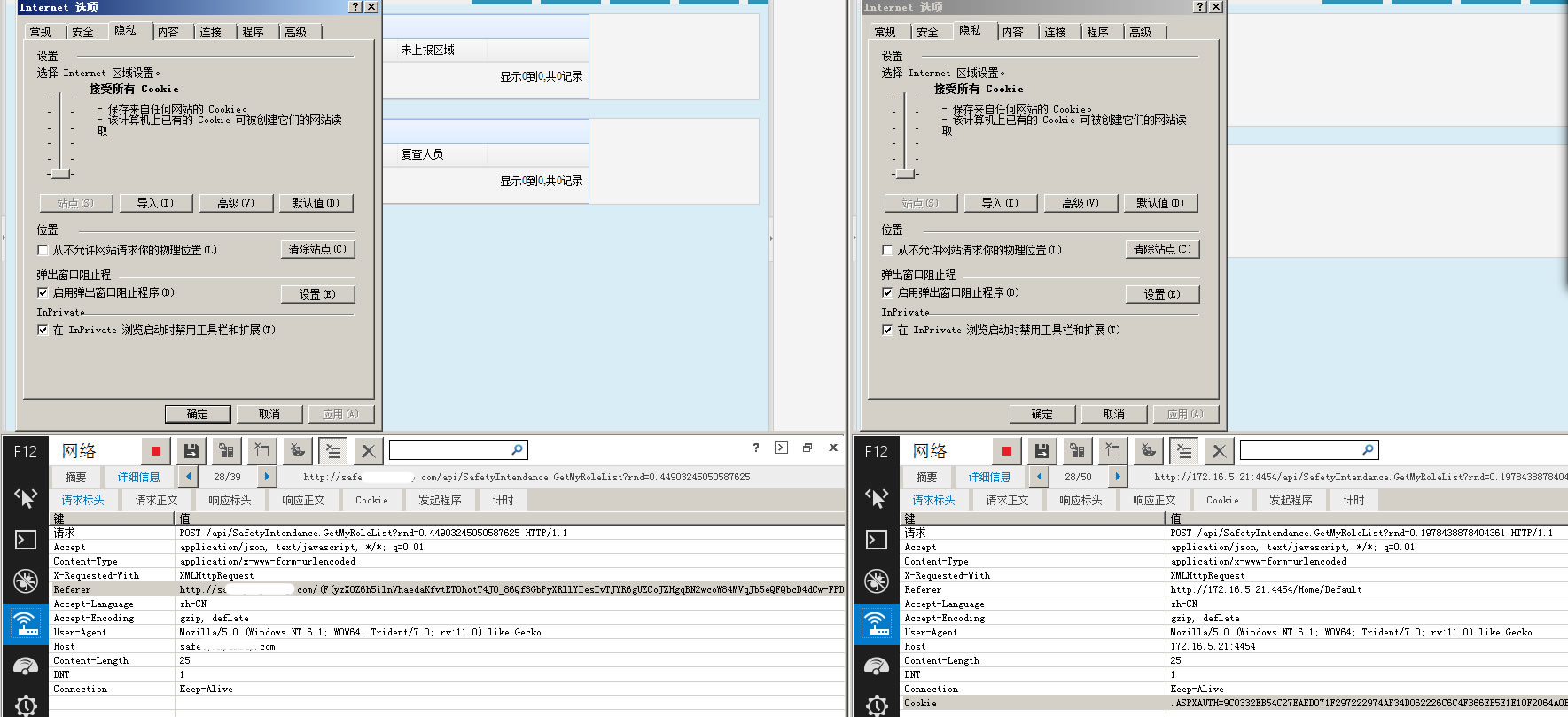利用using和try/finally语句来清理资源
使用非托管资源的类型必须实现IDisposable接口的Dispose()方法来精确的释放系统资源。.Net环境的这一规则使得释放资源代码的职责 是类型的使用者,而不是类型或系统。因此,任何时候你在使用一个有Dispose()方法的类型时,你就有责任来调用Dispose()方法来释放资源。 最好的方法来保证Dispose()被调用的结构是使用using语句或者try/finally块。
所有包含非托管资源的类型应该实现IDisposable接口,另外,当你忘记恰当的处理这些类型时,它们会被动的创建析构函数。如果你忘记处理这些对 象,那些非内存资源会在晚些时候,析构函数被确切调用时得到释放。这就使得这些对象在内存时待的时间更长,从而会使你的应用程序会因系统资源占用太多而速 度下降。
幸运的是,C#语言的设计者精确的释放资源是一个常见的任务。他们添加了一个关键字来使这变得简单了。假设你写了下面的代码:
- public void ExecuteCommand( string connString,
- string commandString )
- {
- SqlConnection myConnection = new SqlConnection( connString );
- SqlCommand mySqlCommand = new SqlCommand( commandString,
- myConnection );
- myConnection.Open();
- mySqlCommand.ExecuteNonQuery();
- }
这个例子中的两个可处理对象没有被恰当的释放:SqlConnection和SqlCommand。两个对象同时保存在内存里直到析构函数被调用。(这两 个类都是从System.ComponentModel.Component继承来的。)
解决这个问题的方法就是在使用完命令和链接后就调用它们的Dispose:
- public void ExecuteCommand( string connString, string commandString )
- {
- SqlConnection myConnection = new SqlConnection( connString );
- SqlCommand mySqlCommand = new SqlCommand( commandString,
- myConnection );
- myConnection.Open();
- mySqlCommand.ExecuteNonQuery();
- mySqlCommand.Dispose( );
- myConnection.Dispose( );
- }
这很好,除非SQL命令在执行时抛出异常,这时你的Dispose()调用就永远不会成功。using语句可以确保Dispose()方法被调用。当你把 对象分配到using语句内时,C#的编译器就把这些对象放到一个try/finally块内:
- public void ExecuteCommand( string connString,
- string commandString )
- {
- using ( SqlConnection myConnection = new
- SqlConnection( connString ))
- {
- using ( SqlCommand mySqlCommand = new
- SqlCommand( commandString,
- myConnection ))
- {
- myConnection.Open();
- mySqlCommand.ExecuteNonQuery();
- }
- }
- }
当你在一个函数内使用一个可处理对象时,using语句是最简单的方法来保证这个对象被恰当的处理掉。当这些对象被分配时,会被编译器放到一个 try/finally块中。下面的两段代码编译成的IL是一样的:
- SqlConnection myConnection = null;
- // Example Using clause:
- using ( myConnection = new SqlConnection( connString ))
- {
- myConnection.Open();
- }
- // example Try / Catch block:
- try {
- myConnection = new SqlConnection( connString );
- myConnection.Open();
- }
- finally {
- myConnection.Dispose( );
- }
如果你把一个不能处理类型的变量放置在using语句内,C#编译器给出一个错误,例如:
- // Does not compile:
- // String is sealed, and does not support IDisposable.
- using( string msg = "This is a message" )
- Console.WriteLine( msg );
using只能在编译时,那些支持IDispose接口的类型可以使用,并不是任意的对象:
- // Does not compile.
- // Object does not support IDisposable.
- using ( object obj = Factory.CreateResource( ))
- Console.WriteLine( obj.ToString( ));
如果obj实现了IDispose接口,那么using语句就会生成资源清理代码,如果不是,using就退化成使用using(null),这是安全 的,但没有任何作用。如果你对一个对象是否应该放在using语句中不是很确定,宁可为了更安全:假设要这样做,而且按前面的方法把它放到using语句 中。
这里讲了一个简单的情况:无论何时,当你在某个方法内使用一个可处理对象时,把这个对象放在using语句内。现在你学习一些更复杂的应用。还是前面那个 例子里须要释放的两个对象:链接和命令。前面的例子告诉你创建了两个不同的using语句,一个包含一个可处理对象。每个using语句就生成了一个不同 的try/finally块。等效于你写了这样的代码:
- public void ExecuteCommand( string connString,
- string commandString )
- {
- SqlConnection myConnection = null;
- SqlCommand mySqlCommand = null;
- try
- {
- myConnection = new SqlConnection( connString );
- try
- {
- mySqlCommand = new SqlCommand( commandString,
- &nbs
补充:软件开发 , C# ,
上一个:C#移位运算(左移和右移)
下一个:使用C#实现五行号码属性变化的万年历





